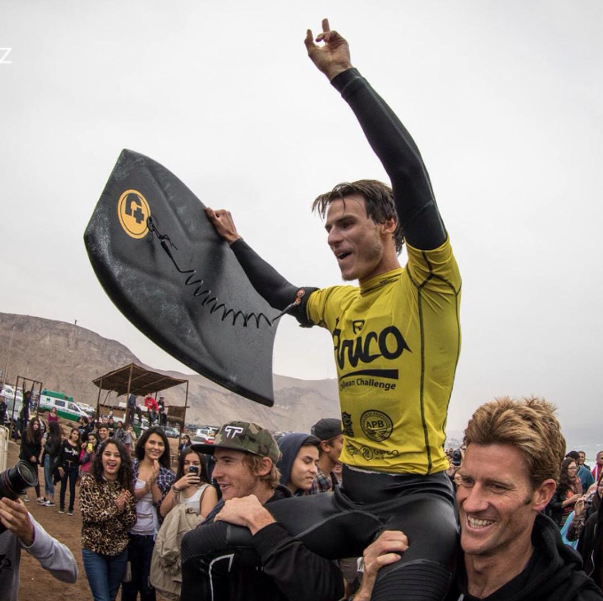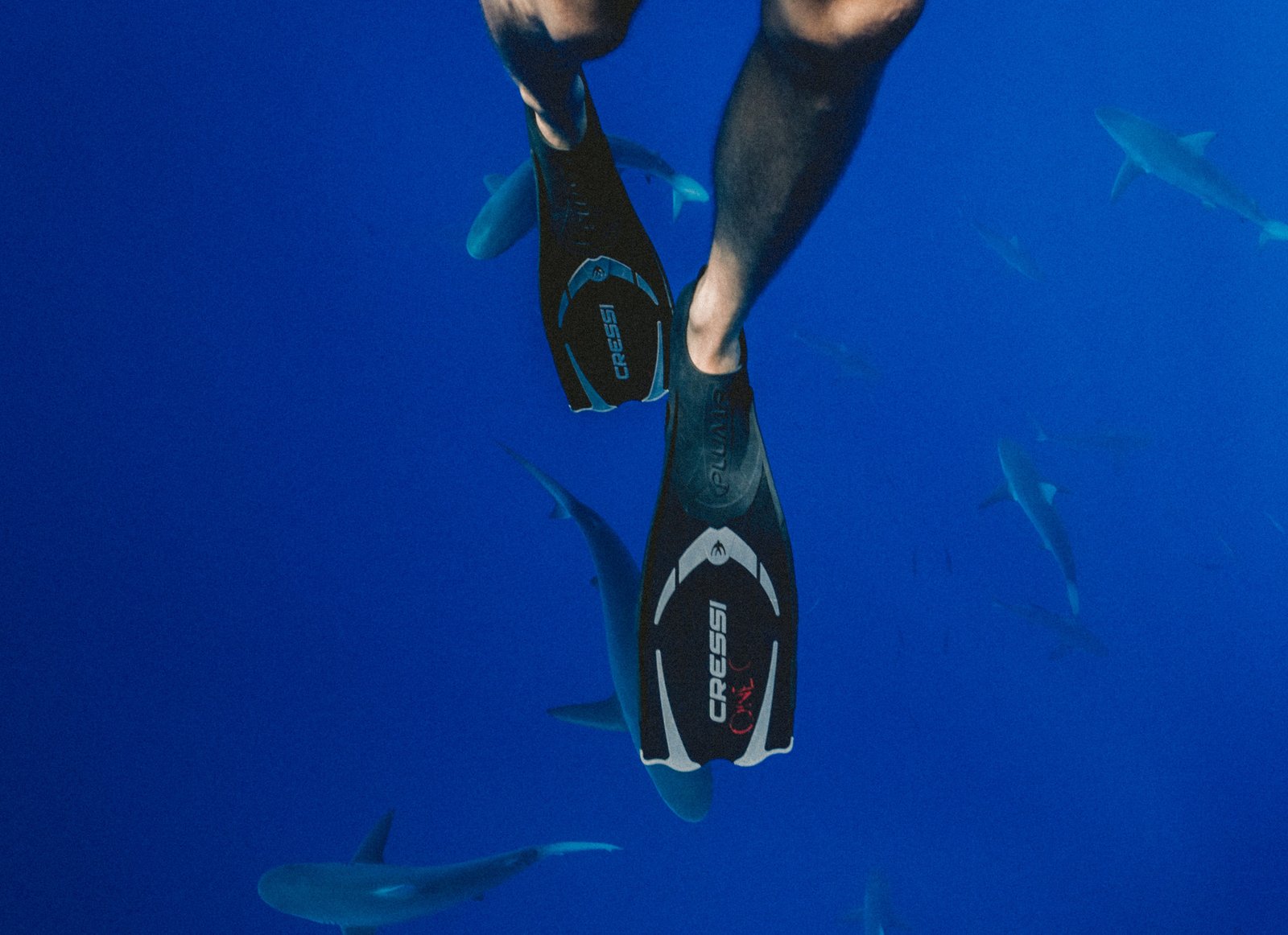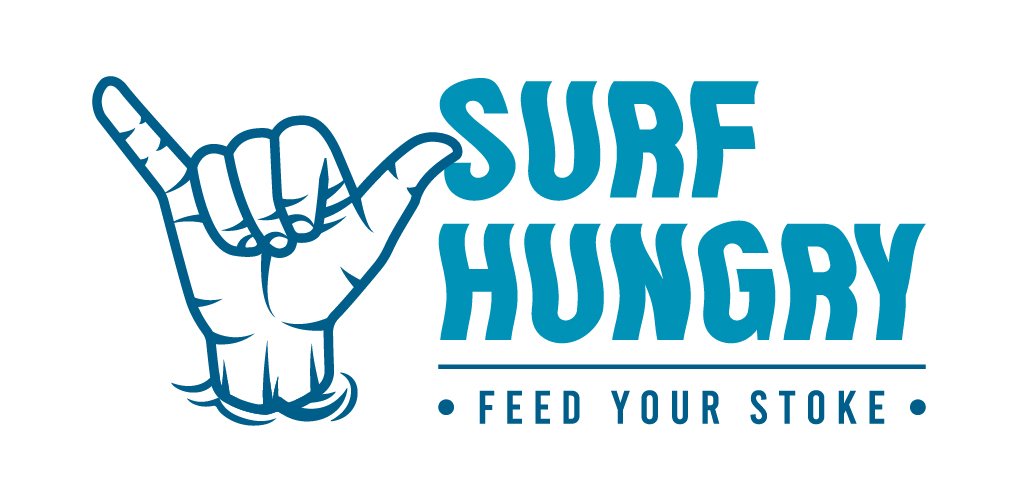Top 8 Best Cheap Bodyboards | 2025
Surfing a little overwhelming? Is the price of surfboards beyond your budget? If you’re looking for something new to try at the beach, you might want to check out surfing’s easier and cheaper alternative — a beginner-friendly watersport known as bodyboarding. You don’t have to be a pro to start ‘bogging’. Instead of standing up as surfers do, bodyboarders ride prone on their boards. This position provides more stability and balance, a reason why many people find this sport easier to learn. The good news is, this sport won’t cost you an arm and leg! There are lots of cheap bodyboards that are priced under $100. To make it easy for you, we’ve selected a few of them to help you get started on your new beach hobby. What makes a good bodyboard? To give you a brief background, Tom Morey invented bodyboarding in 1971. The first-ever board he created was made from PE or polyethylene foam covered with pieces of newspaper, which he named the ‘boogie board’ because of his love for the music genre. Today, we all know this trademarked name as ‘bodyboard’. Of course, modern boards aren’t covered with paper anymore. Bodyboards for intermediate riders are made from cores such as PE (Polyethylene), PP (Polypropylene), or NRG (Low-density polypropylene), while entry-level board cores are usually made from EPS. Whatever they’re made of, a good quality board must be lightweight to be able to float in water, with specially designed tails and contours for speed and easy maneuvering. Top 8 Best Cheap Bodyboards Did you know that during an interview, pro-surfer and Pipeline Masters champion, Jamie O’Brien, said that he considers himself more successful in bodyboarding? So whether you also aspire to become a bogging champion or just want to give this water sport a spin, you should consider these cheap bodyboards on our list! Woowave Lightweight Body Board with Coiled Wrist Leash — Our Top Pick Stivin Lightweight Bodyboard with Coiled Leash Comfort Velcro — Best Budget Thurso Lightning Bodyboard PE Core — Best High End Grande Juguete Bodyboard with Grips — Best for Kids Thurso Surf DuoSlider Bodyboard with Handles — Best for Family Own the Wave ‘Wave Weapon’ Bodyboard Yooho Super Lightweight Premium Bodyboard Wavestorm Bodyboard 2-Pack 1: Woowave Lightweight Body Board with Coiled Wrist Leash — Our Top Pick Specifications: Price: $48.44 – $54.39 Sizes: 33”, 36”, 41” Core: EPS Weight Limit: <65 lbs for the 33”, 60-120 lbs for the 36”, 120-188 lbs for the 41” Good for: All skill levels, Kids to Adults Other Features: Coiled wrist leash, Swim Fins Tether, Water-resistant, HDPE slick bottom, 60/40 rails, Comes with a 12-month guarantee Bodyboarding is much more fun especially if you have the right gear. To help you develop your skills, we recommend using the Woowave Super Lightweight Bodyboard as your starter board. This product comes in a variety of sizes and colors, so both kids and adults can enjoy using it during summer. The Woowave Super Lightweight Bodyboard comes with a lot of special features. Its core is made from durable and waterproof EPS to give it buoyancy. It also has an HDPE slick bottom for easy and smooth maneuvering when riding the waves, as well as 60/40 rails that give better control when steering. For its add-ons, the Woowave Bodyboard includes a coiled wrist leash so you don’t have to worry about losing your board in the water. The package also includes tethers that hold your swim fins so you don’t lose them if you get ripped off by waves. Oh, and apparently, their customer support is worth mentioning, too! According to its user reviews, they’re very accommodating and will replace your bodyboard in case of any breakages or defects during shipping. 2: Stivin Lightweight Bodyboard with Coiled Leash Comfort Velcro — Best Budget Specifications: Price: $46.89 – $61.89 Sizes: 33”, 37”, 41” Core: EPS Weight Limit: <65 lbs for the 33”, 65-122 lbs for the 37”, 120-188 lbs for the 41” Good for: All skill levels, Kids to Adults Other Features: Coiled leash, XPE deck, HDPE slick bottom, 60/40 rails, UV-resistant Next, we have the Stivin Lightweight Bodyboard — a boogie board so good, it will exceed all your expectations. It’s durable, easy to carry, and it’s packed with tons of special features, you’d be surprised it only costs $46.89 for the 33-inch board! Now, let’s get startin’. One of the most common problems of boogie boards is the bubbles that often form whenever they stay too long in the water. To prevent this from happening, the brand Stivin coated its bodyboard using a high-pressure laminating technique to make the board stiffer and waterproof. It also has a UV-resistant XPE deck that prevents its design and color from fading. This boogie board uses an EPS foam core to make it lightweight and buoyant, while the HDPE slick bottom reduces friction in water and increases speed. There’s a velcro coil leash that comes with every purchase of this bodyboard that can be strapped on either your wrist or ankle. This keeps your board from floating away when you fall from it. On this board’s crescent tail are two rear channels that increase the board’s strength when prone. It also features 60/40 rails for control when you need to storm bigger waves. 3: Thurso Lightning Bodyboard PE Core — Best High End Specifications: Price: $149 Size: 42” Core: PE Weight Limit: up to 200 lbs Good for: All skill levels, Teens to Adults Other Features: FRP stringers, Laminated IXPE deck, HDPE slick bottom, Dual rear channels. Dual swivel body leash, Carry bag inclusion If you’re a serious sponger who doesn’t mind spending a little extra for a REALLY good board, you may want to take a look at the Thurso Lightning Bodyboard. For a reasonable price of $145, this board will take your bogging experience to a whole new level! So why is this board more expensive than the others? For one, this bodyboard uses a PE core, which is more … Read more










